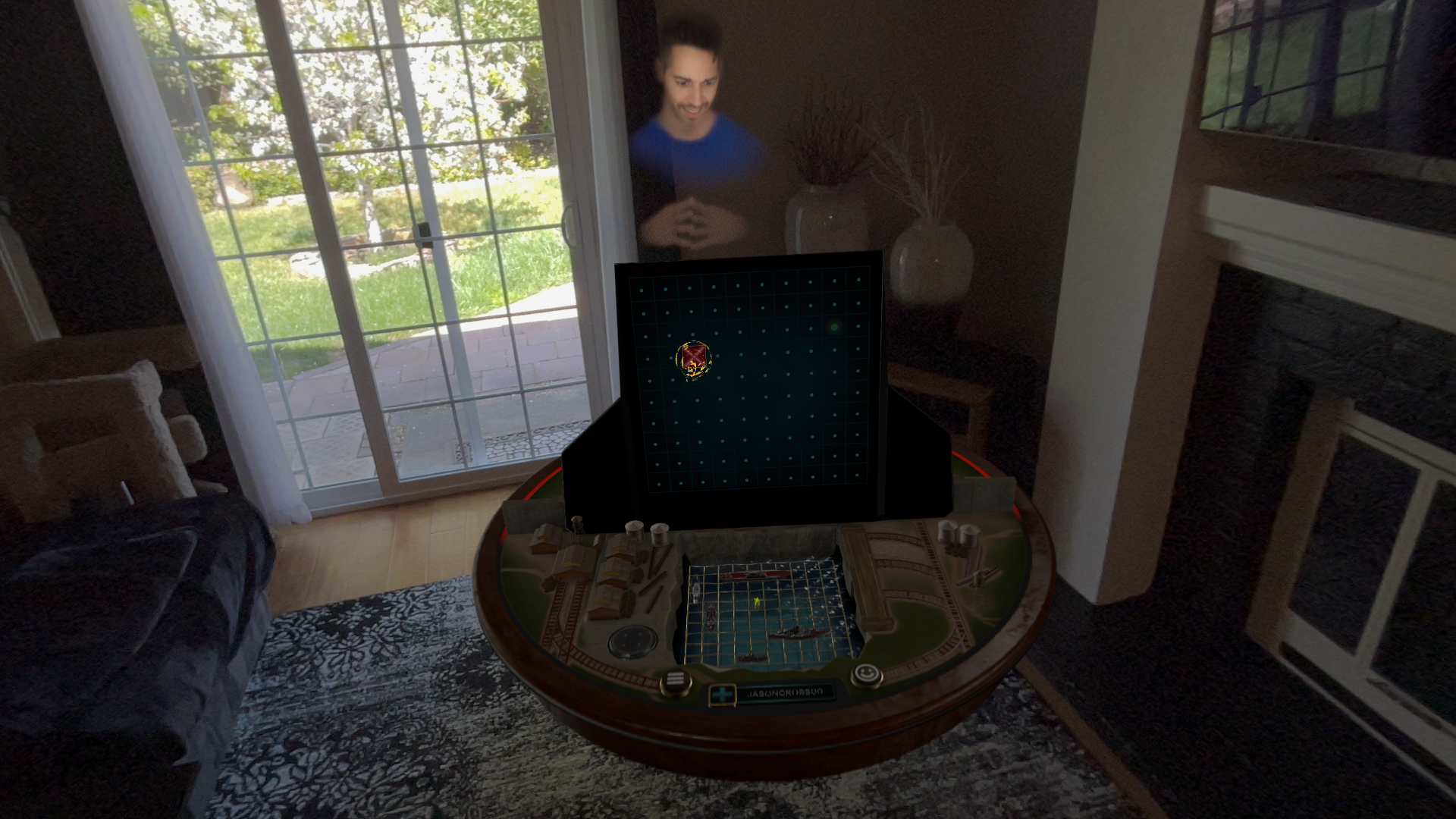In a surprise update Tuesday unrelated to the visionOS 1.2 beta that finally arrived, Apple has upgraded everyone’s Apple Vision Pro with Spatial Personas, a new feature made available to anyone running visionOS 1.1. There’s no operating system update required: it’s a server-side switch that Apple turned on yesterday.
To activate a Spatial Persona, you need only start a FaceTime call with another person using Vision Pro. This will place the person inside a window, the same unsatisfactory experience that Vision Pro launched with. However, now you can select the window and choose a new Spatial option to see the other person appear in their Spatial form in your space. (Like Personas in general, this feature is labeled “beta,” and it supports calls of up to five people.)
You’ll see the window disappear, and a full-size version of the other Persona in front of you. It’s just the front and sizes of their head and shoulders, together with their disembodied hands, but the hands go wherever their hands move about their body.
It’s a much more natural way to have a conversation. Personas still look a little like a wax figurine and the hand movement is jittery with a low frame rate, but having a human-sized 3D face in a human-appropriate location that you can make eye contact with really promotes a sense of connection. It also allows the other person to move around you naturally. They can’t see your surroundings, but as they move in their room, their persona moves around in your space. In fact, if you sit down, your persona will shift downwards so a standing person will look downward at you while you look up at them.
If you walk into someone’s Spatial Persona, they’ll disappear and be replaced by a simple square with their contact initials in it.
Most importantly, Spatial Personas can be used with SharePlay in supported apps. I chatted briefly with Michael deAgonia and fired up the TV app to watch an episode of Palm Royale. I was given the option to watch it via SharePlay, and when I chose to do so, Michael appeared on my left, facing the screen with me. He couldn’t see my surroundings, but my Spatial Persona was on his right, and the sound of his voice was appropriately located with spatial audio.
We the fired up the included free Game Room app, which got an update to support Spatial Personas. Playing Battleship Sea Battle placed us on opposite sides of a table with the game between us, and we could naturally talk to each other and see each others hands move about to place ships and select squares.
Foundry
It’s all a very natural and social. One can easily imagine playing virtual Spades, Hearts, or Bridge with friends that are scattered all over the country as a way to catch up with each other.
Spatial Personas aren’t everything they need to be, but they finally provide the sort of shared-space experience that we highlighted as one of the ways Apple can improve Vision Pro without new hardware. Now you can finally “gather” with up to four others to watch videos together, play games, work on a whiteboard, or all examine and discuss the same 3D interactive objects and environments.
It’s not unique—other VR headsets have been doing their own versions of this for years—but it really makes the Vision Pro feel like a less isolated and disconnected experience. And with WWDC right around corner, it’s a sign that Apple Vision Pro is just getting started.
Source : Macworld











